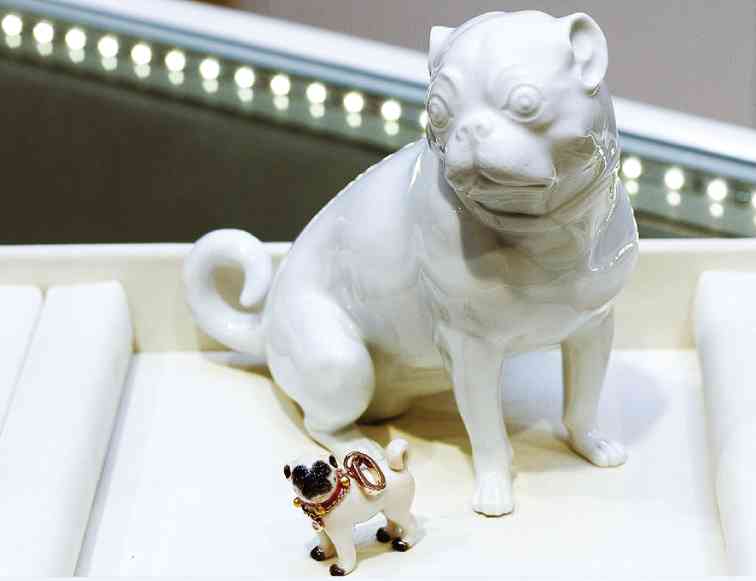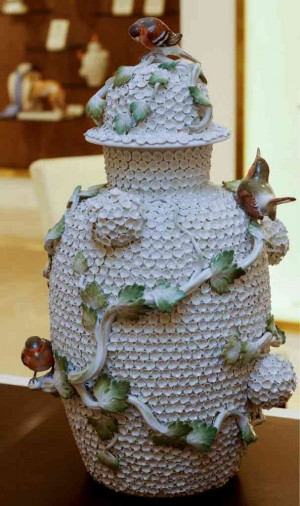
Meissen may not ring a bell to most Filipinos, but the latest addition to Rustan’s growing list of luxury brands is world famous. It prides itself in many firsts, including an unconventional beginning and ownership.
Ingo Bade, Meissen’s Hong Kong-based director for Asia-Pacific, was in Manila two weeks ago for the brand’s Philippine launch. Meissen is one of the top 10 luxury brands in Germany.
“It took us some time to get here because it’s important for us to find the right partner,” said Bade, referring to Rustan’s. “We are present in 30 countries, including Japan, Taiwan and China. This development makes the Philippines the only Southeast Asian country where Meissen is sold directly.”
Located on the fourth floor of Rustan’s Makati, the Meissen boutique carries a modest range of diamond-studded and hand-painted gold pendants, necklaces and ladies’ watches. It also features handcrafted porcelain tableware, figurines and various accent pieces for the home.
In lieu of the brand’s couture line of evening dresses designed by Berlin-based designer Frida Weyer, the boutique has a collection of silk scarves and men’s neckties.
“Our couture line started only last year, but we have been dressing porcelain figurines ever since,” said Bade. “Like many of our products, our clothes were inspired by elements found in the company’s archives.”
Museums
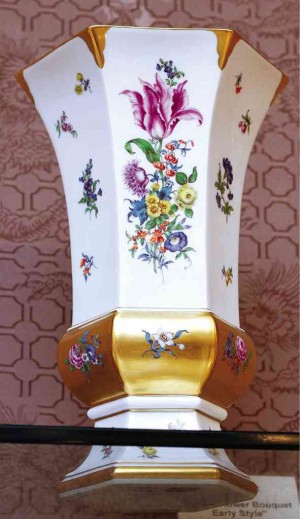
Apart from its “royal DNA,” the 300-year-old German luxury house established by King Augustus the Strong in 1710 has a considerable number of pieces displayed in leading museums the world over.
Ranging from tableware, furniture, jewelry pieces, writing instruments and porcelain collectibles, many of these pieces once belonged to members of European royalty.
Five years ago, part of Meissen’s production moved to Italy, where furniture, jewelry pieces and garments are now made. But porcelain making, including hand-painting select pieces of tableware, home items, jewelry components and figurines with real gold accents, remains in Germany.
“How many luxury brands have presence in the world’s leading museums?” asked Bade. “This makes us unique. If you look at the website of Christie’s and Sotheby’s, there are always Meissen pieces that are auctioned off.”
But the biggest collection of Meissen pieces accumulated over the centuries can be found in its private museum in the city of Meissen itself, where the company’s factory is. A short drive away from Dresden in Germany’s Saxony region, the museum attracts as many as 200,000 visitors a year.
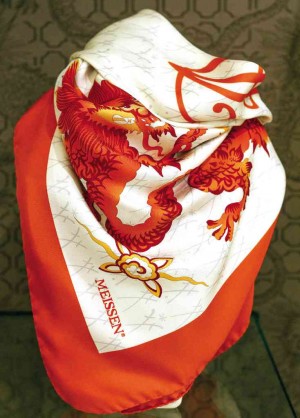
Augustus the Strong, king of Saxony, never meant to open a business. He created a factory in one of his castles to produce beautiful porcelain pieces for his homes and castles. Many of his pieces also ended up as gifts to friends and members of European royalty.
“When other royal houses learned about his products, they started asking him to produce pieces for them,” said Bade. “He eventually gave in to their requests, and Meissen was born.”
Since the products were exclusively given or made for them, only members of royalty could own a Meissen then. The company expanded by opening stores first in Germany and later in various parts of Europe to cater to more people.
Royalty’s fascination with Meissen continues to this day. Aside from British and Swedish monarchs, younger members of the Thai royal family are said to collect Meissen figurines. They learned about the brand years ago after going to Germany for painting classes.
Extensive product range
“Everyone can now own a piece of royalty,” said Bade. “And since we have an extensive product range, we’re known differently to different people. My grandmother, for example, knows Meissen for its tableware, while serious collectors know it for its intricate porcelain figurines.”
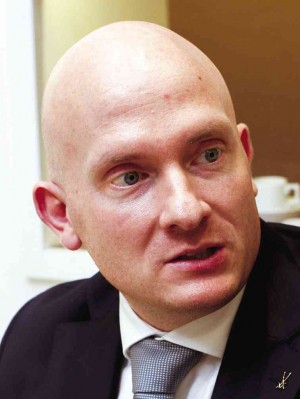
Younger people, especially those into fashion, are drawn to the brand because of its fine line of jewelry pieces and elegant evening dresses.
Weyer comes out with two collections every year. Prints and beadwork mirror Meissen’s iconic “royal blossom,” a staple element in many of its jewelry and porcelain pieces.
Collectors could build a treasure trove of porcelain figurines, as Meissen has over 700,000 molds in its factory. It has become a tradition at Meissen, even when it comes to its more whimsical pieces, to produce anatomically correct animal figures.
“Using watches as an analogy, we’re the only tourbillon porcelain company,” said Bade. “Others can be likened to makers of quartz watches. Many, including a famous brand, uses only ceramic.”
Over the last three centuries, Germany has gone through 11 wars, numerous border changes and seven political systems—from monarchy to fascism, communism to democracy. Through it all, Meissen has survived and even thrived.
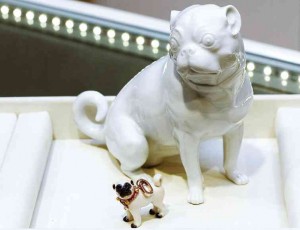
The company never got involved in politics, said Bade. During the Hitler years, it didn’t make medals for war heroes, unlike other companies.
When Germany was divided into East and West, Saxony, including the cities of Meissen and Dresden, became part of the Communist East.
Instead of closing a supposed symbol of bourgeoisie capitalism, East Germany’s communist leaders allowed Meissen to stay in business because the company, which continued to capitalize on its history and German heritage, generated much-needed foreign currency for the cash-strapped government.
Long after Germany’s reunification, Meissen, unlike other luxury houses, is still owned and managed by the German government through the state of Saxony. How come?
“It wasn’t because there were no takers,” said Bade. “The private sector would love to invest in Meissen. But the German state won’t allow it to be privatized because Meissen not only produces world-class luxury items. It has now become part of the country’s cultural heritage.”

